Last week, a fleet of jet aircraft were grounded in Nigeria after significant volumes of water were found in their fuel tanks. One became airborne and suffered malfunctions in flight.
The Nigerian Civil Aviation Authority (NCAA) confirmed the issue was not confined to that one airline, describing the situation as ‘dire.’ Anyone uplifting fuel there right now should be seriously concerned.
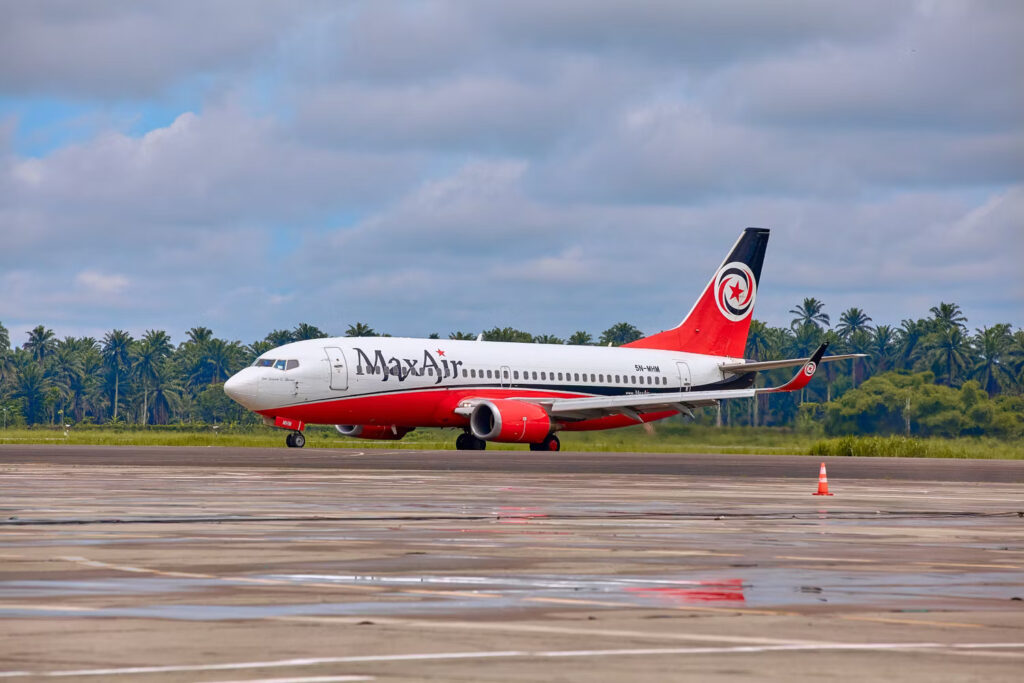
Max Air identified Octavus Petroleum as the source of the contaminated fuel which led to the grounding of its 737 fleet.
The NCAA has issued an urgent All Operators Letter to refuelers and operators to follow the proper procedures – but with sixty days to comply. That’s over two months of potentially contaminated fuel still being used at airports in Lagos, Abuja, and Kano – without mandatory procedures in place to check it.
What do pilots have to do?
The NCAA note requires a thorough inspection of refuelling equipment, and testing of the fuel it carries or pumps. More notably, there will also be a mandatory requirement to take samples from fuel tanks before and after refuelling too. This will apply to anyone operating an aircraft in Nigeria.
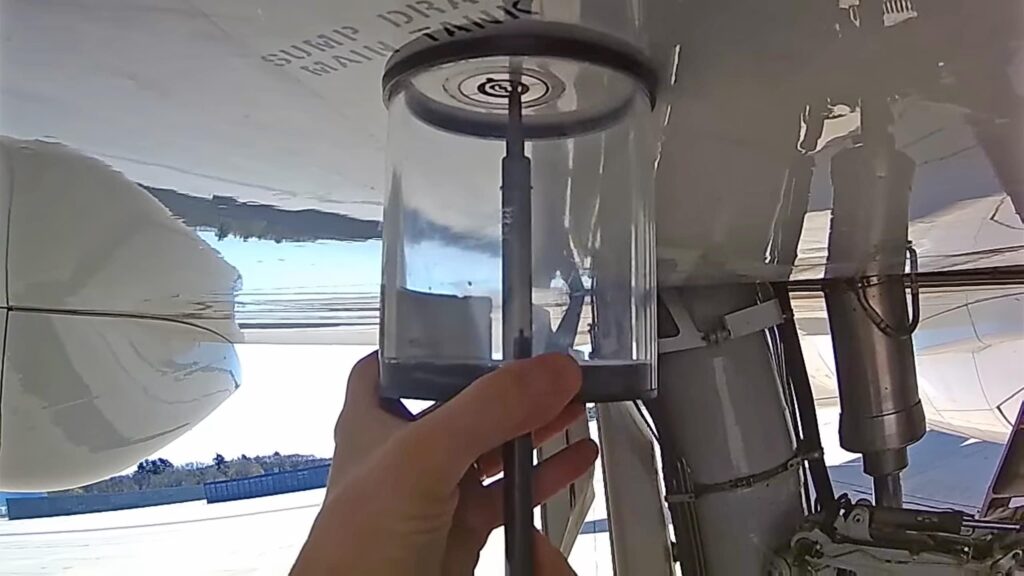
It is becoming mandatory to test fuel samples both before and after refuelling.
The advice is sound though – be hyper vigilant of anything going into your tanks there at the moment. Of course, perhaps the best mitigator right now is not to refuel at all, and to tanker instead.
Where is the water coming from?
Problems with infrastructure and how it is stored is likely to blame. Aside from particulates and fuel-loving microbes, there are multiple opportunities for water to accumulate. This can include water that gathers in low spots within pipelines, rain-water contamination, changes in temperature during storage or while being pumped and even the moisture content of air when tanks are unsealed to add or remove fuel.
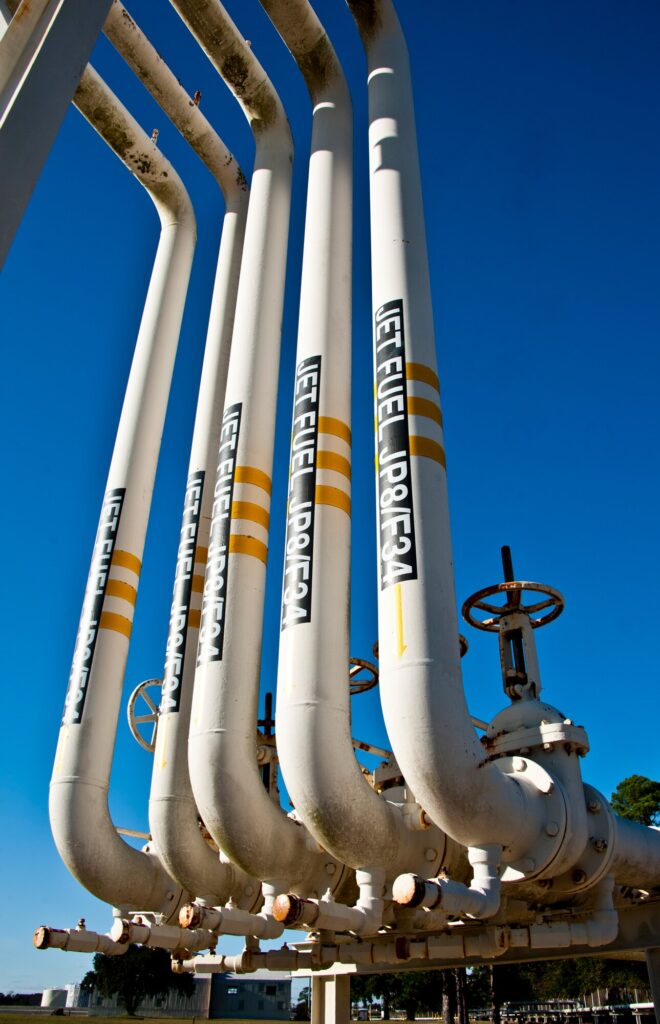
There are plenty of opportunities for water to contaminate jet fuel in storage and transfer, especially if proper procedures aren’t followed.
A Little Vs A Lot
If you suspect contamination while airborne you should land immediately.
The impact depends on how much water is actually in your tanks. In small amounts, it can rust and corrode important components of your fuel system including fuel nozzles that can eventually fail. Water can also wear out fuel pumps that rely on fuel to stay slippery and cool.
You may also notice unusual engine operating temperatures, surging, and technical faults with your aircraft’s fuel system.
In larger quantities the issues become critical. Icing can restrict or stop the flow of fuel to your engines leading to flame outs (remember water freezes at just 0 degrees C, while pure Jet A1 can remain liquid in temps as low as -47 degrees C).
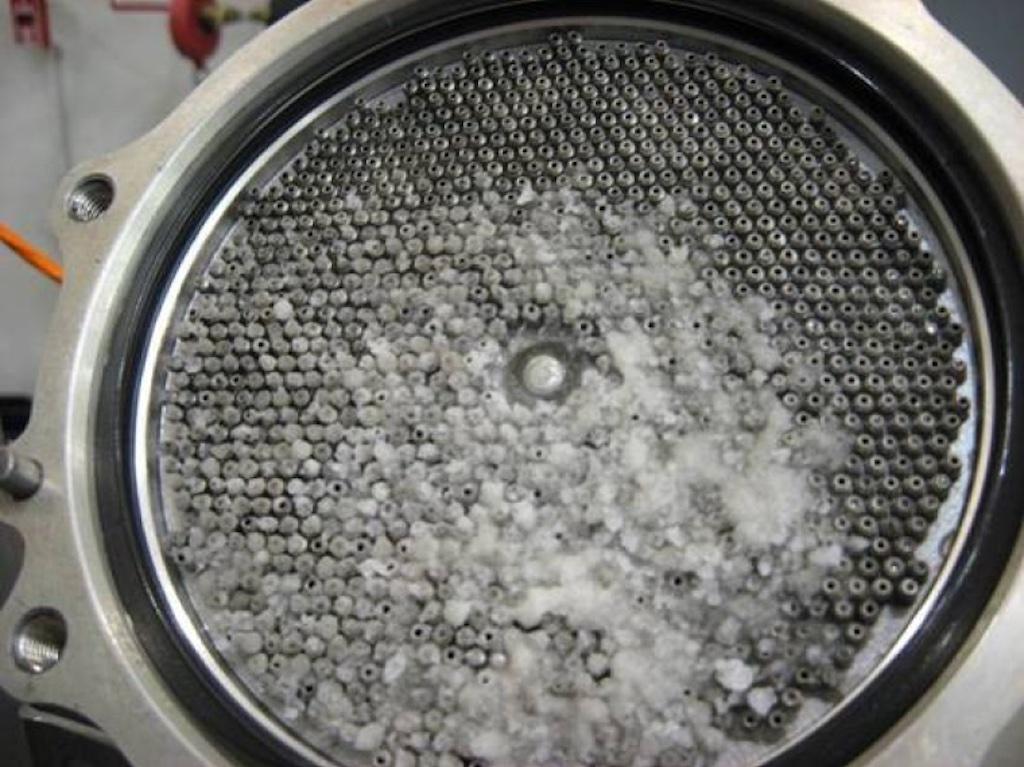
Icing can clog filters and prevent fuel from reaching your engines.
Also, water doesn’t burn, so if it reaches your combustion chambers in any significant quantities you can say sayonara to your engines producing thrust – in other words you could have a multiple engine failure on your hands.
Make Sure You Report
If you do detect fuel contamination in Nigeria, it must be reported to the NCAA. Their contact details are found in the above letter.
And make sure you let us know too so we can help spread the word, and keep everyone safe. You can reach us on team@ops.group or by submitting an Airport Spy report.
More on the topic:
- More: Winter Ops: Fun Fuel Facts
- More: MOT for aircraft? It’s actually a tax
- More: New Zealand Fuel Supply Issue
- More: Is the Fuel Pool Drying Up?
- More: The New EASA Fuel Policy: Does it affect you?
More reading:
- Latest: Venezuela & Caribbean Airspace Update
- Latest: ReFuelEU: Europe’s new anti-tankering rules explained
- Latest: US CBP biometrics: BizAv rollout still unclear
- Safe Airspace: Risk Database
- Weekly Ops Bulletin: Subscribe
- Membership plans: Why join OPSGROUP?



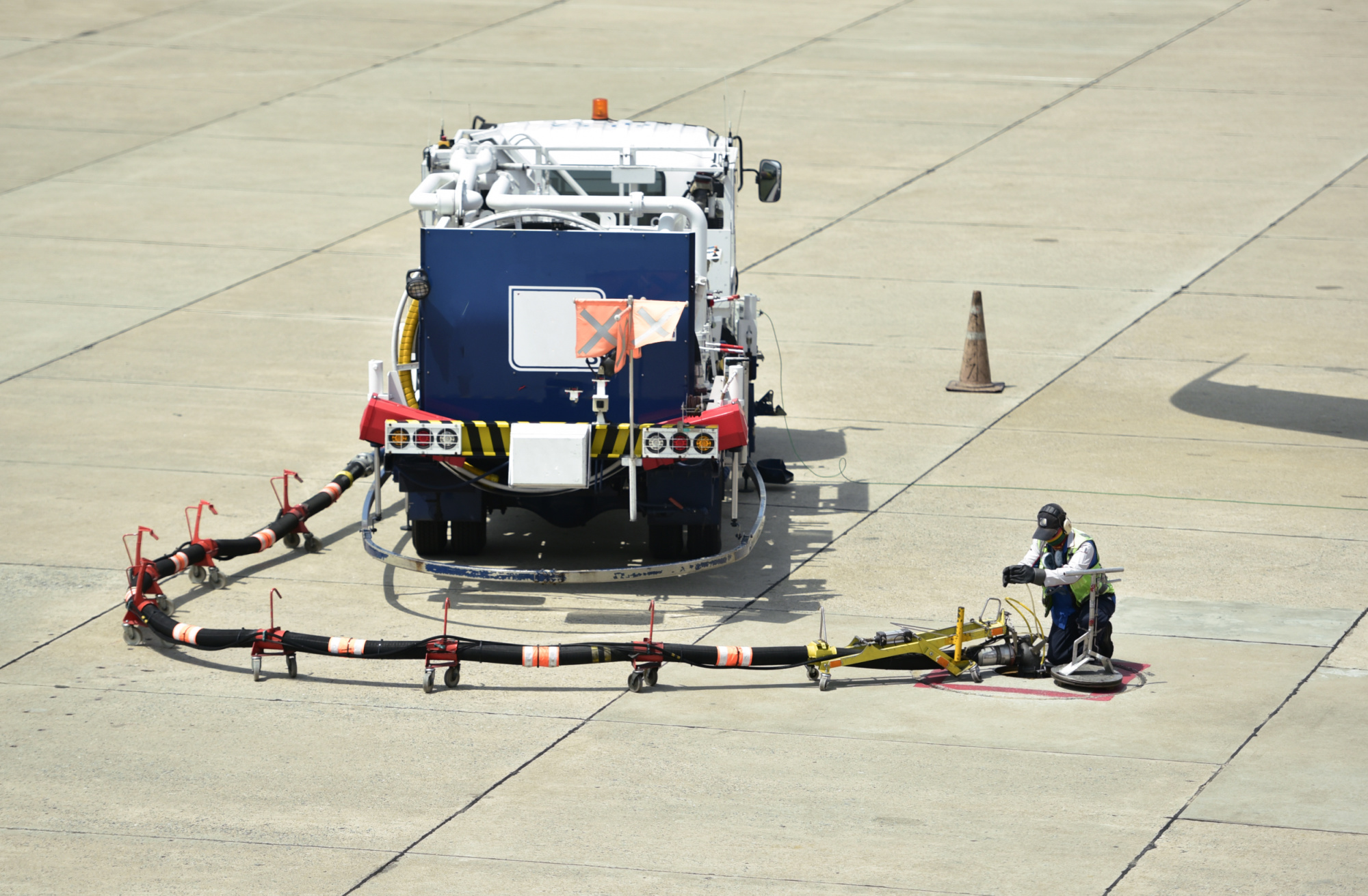








 Get the famous weekly
Get the famous weekly 





